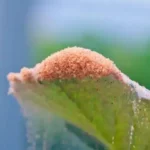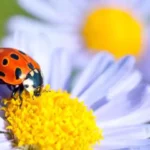Are you frustrated with pesky gnats invading your plant oasis, causing you endless annoyance? If you’ve found yourself swatting at these tiny insects while tending to your green companions, you’re not the first home gardener with this issue. Let’s tackle this common challenge together and reclaim your plant haven from these unwanted guests by discovering how to eliminate gnats in plants using cinnamon.
Use cinnamon to remove gnats on plants by sprinkling a thin layer of ground cinnamon on the soil’s surface. Cinnamon has antifungal properties that can help kill gnat larvae, which are often present in the soil. The strong scent of cinnamon can also deter adult gnats from laying eggs in the soil. Reapply the cinnamon as needed, especially after watering your plants.
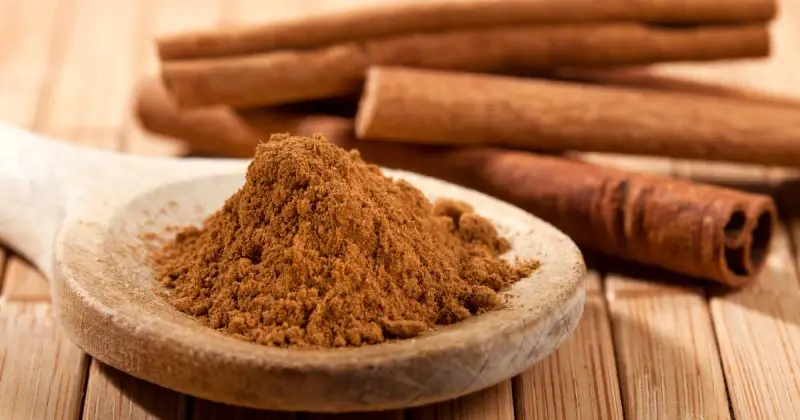
Ready to bid farewell to persistent gnats and ensure your plants flourish without any unwelcome visitors? In this article, we’ll delve into the secrets of effectively using cinnamon to combat gnats. I’ll guide you through the simple yet powerful ways this popular household spice can help you get rid of those bothersome pests.
Get ready to arm yourself with the knowledge and tools needed to protect your plants from these annoying pests. Stay tuned to unlock cinnamon’s full potential in maintaining a healthy and thriving plant space!
Humble Highlights
- Discover how cinnamon can be your secret weapon against gnats in plants AND how effective methods like cinnamon essential oil solutions and sprinkling cinnamon powder can help you promote healthier plants and improve the appearance of your green friends!
- Save time by uncovering how to apply cinnamon on your indoor plants and why this simple household spice works so well combatting pesky gnats so you can reduce the spread of disease and limit the possibility of soil infestation from these tiny invaders.
- Discover these 8 unique but tested strategies to fight back against gnats in your indoor garden so you can help reduce the overall pest population in your home with these natural remedies.
Benefits Of Using Cinnamon For Gnats
Cinnamon provides a natural and effective solution for gnats because of its cinnamaldehyde content, which disrupts fungal spore growth in plants. This natural fungicide is particularly useful in combating fungus gnats that infest indoor plant soil.
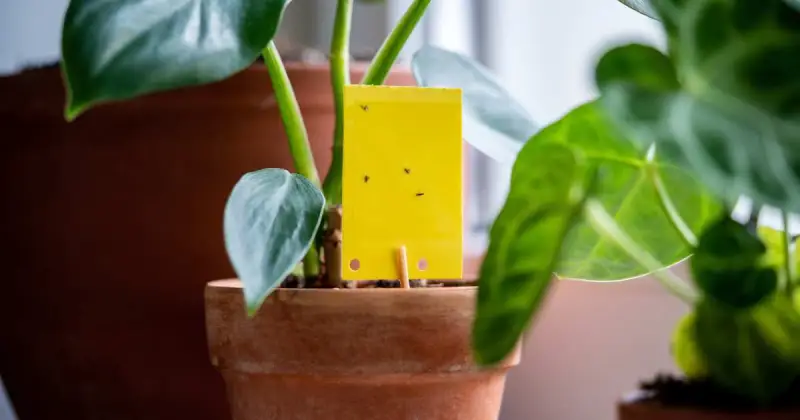
Cinnamon’s unique antifungal properties target the larvae of fungus gnats, inhibiting their development and breaking their life cycle. Applying cinnamon to the soil creates an inhospitable environment for these pests, ultimately protecting your plants from potential damage.
Additionally, the cinnamon method is a safe alternative to chemical pesticides, making it a preferred choice for those seeking to avoid harsh substances in gardening. Incorporating cinnamon on plant roots deters fungus gnats and may prevent future infestations. 1
When used alongside other natural control methods, such as yellow traps, the cinnamon approach proves to be a valuable tool for maintaining plant health.
However, remember that applying cinnamon directly to plant leaves can irritate them, especially if you use too much or apply it often. Although this method may help reduce gnat infestations, it is not a guaranteed solution. For effective and lasting control, it may need to be combined with other methods, such as improving drainage and reducing moisture levels.
How To Apply Cinnamon On Plants
When applying cinnamon on plants to combat fungus gnats, create a paste by mixing cinnamon powder with water and applying it directly to the plant soil. This practice disrupts the larvae’s food source in the soil, helping eliminate the flies.
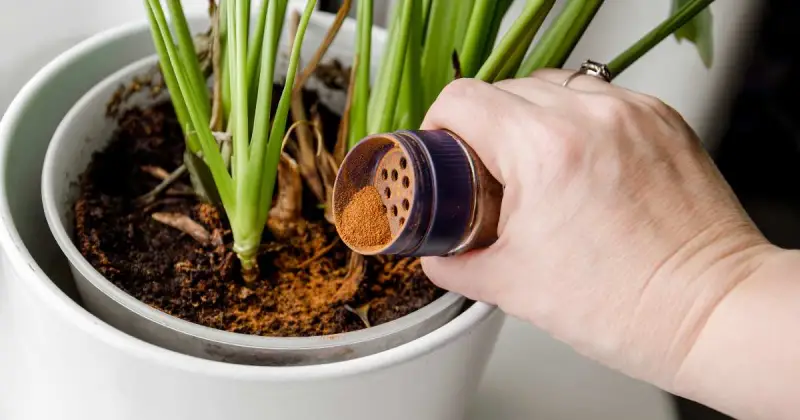
Dilute cinnamon essential oil in water and use a spray bottle to apply it to the leaves of infected plants to combat the gnats directly. Sprinkle cinnamon powder on the top layer of soil to control fungus gnats. 2
Additionally, cinnamon should be applied around the base of plants to disrupt the gnats’ life cycle and manage their population. Cinnamon’s antifungal properties effectively deter and control fungus gnats in plants.
Cinnamon: Natural Gnat Repellent
Cinnamon’s cinnamaldehyde content is a natural repellent against fungus gnats, hindering their growth and disrupting their life cycle. Sprinkling cinnamon powder on the soil’s surface or applying cinnamon essential oil mixed with water can be a natural fungicide, deterring gnats from infesting your plants.
Cinnamon disrupts fungi’s cell walls, affecting the life cycle of fungus gnats and their larvae. While cinnamon may not completely eliminate all gnat problems, it can effectively manage infestations, providing a safe and natural solution for gnat control. 3
Indoor plants grown for ornamental or food production purposes are prone to gnats. These pests can seemingly come out of nowhere, spurring infestation, nutrient deficiencies, and disease, causing unnecessary stress on your green friends. Check out this short but effective video below that explains how cinnamon may be an excellent deterrent—even if you’ve tried everything else without success!
Cinnamon vs. Chemical Solutions
In contrast to chemical solutions, cinnamon offers a natural and safer option for dealing with gnats in plants. When comparing cinnamon to chemical remedies, the following advantages demonstrate why cinnamon is a wise choice for managing gnat infestations:
- Chemical-Free Solution: Cinnamon provides a chemical-free approach, removing the necessity for synthetic pesticides that could harm plants and the environment.
- Safe For All: Cinnamon is safe to use near children, pets, and even on edible crops, making it a preferable alternative to possibly harmful chemical options. 4
- Effective Antifungal Properties: The antifungal characteristics of cinnamon efficiently control fungus gnats without the need for harsh chemicals.
- Environmentally Friendly And Sustainable: Opting for cinnamon supports eco-friendly and sustainable gardening practices, fostering a healthier ecosystem while naturally addressing pest problems.
Neem oil is another effective way to fight back against swelling gnat numbers and is considered a more natural option. Neem oil is a natural insecticide and fungicide that can help control fungus gnat larvae in the soil.
To use Neem oil as a soil drench, mix 1-2 teaspoons with a gallon of water and apply it to the soil around your plants. The oil will absorb into the soil and help kill fungus gnat larvae.
Repeat this treatment every 1-2 weeks as needed. However, note that Neem oil can also have some insecticidal properties against adult gnats, but it may not be as effective as other methods for controlling adult populations.
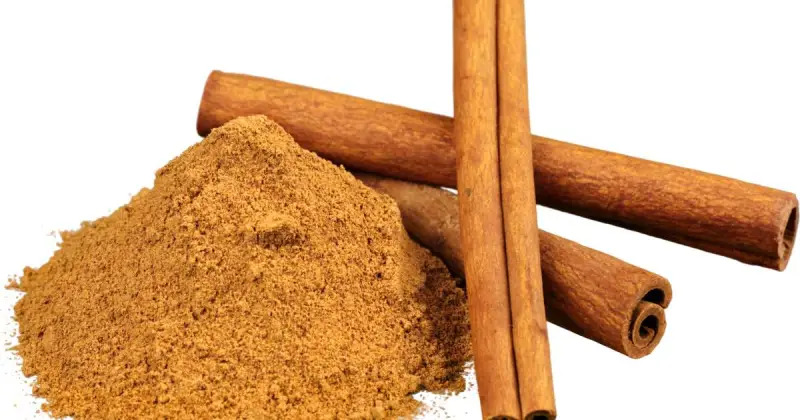
Tips For Preventing Gnat Infestations
Comparing cinnamon’s natural preventive properties to chemical solutions, implementing effective strategies can help proactively manage gnat infestations in plants.
Aside from using cinnamon, here are several additional ways to prevent gnat infestations throughout your indoor plants:
- Avoid overwatering plants, as moist soil attracts fungus gnats. Keeping the top layers of soil dry discourages gnat egg-laying and larvae survival.
- Eliminate potential food sources that attract gnats is essential for a gnat-free indoor environment.
- Maintain kitchen cleanliness is crucial, as leftover food particles can draw gnats to plants.
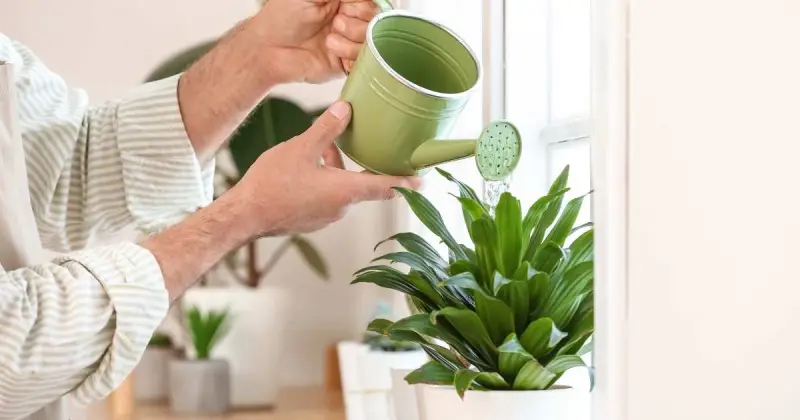
- Improve drainage and ensure water doesn’t pool at the bottom of the pot, which can create a breeding ground for gnats.
- Remove decaying plant material, like dead leaves and other plant debris, from the soil’s surface, as fungus gnats are attracted to decaying organic matter.
- Place yellow sticky traps near your plants to capture adult gnats and reduce their numbers. Replace the traps regularly to maintain effectiveness.
- Consider applying beneficial nematodes to the soil to help control fungus gnat larvae. These microscopic organisms feed on the larvae and reduce their numbers. 5
Another lesser-known method to combat fungus gnats is hydrogen peroxide. Hydrogen peroxide can help kill fungus gnat larvae and eggs in the soil.
To use hydrogen peroxide, mix one part 3% hydrogen peroxide with four parts water and water your plants with this solution. The hydrogen peroxide will break down into water and oxygen, which can help aerate the soil and kill off the larvae and eggs. Repeat this treatment every 5-7 days as needed.
Conclusion
Using cinnamon to reduce the number of gnats in your indoor plants is a practical and eco-friendly solution that can effectively disrupt their life cycle. Cinnamon’s antifungal properties help control gnat growth and prevent infestations.
By applying cinnamon essential oil or powder to the soil or leaves of your plants, you can effectively manage gnat populations without harming the environment. So, next time you encounter those pesky gnats, consider using cinnamon to keep your plants healthy and flourishing.
Have you successfully used cinnamon to fight back against pesky gnats on your plants? We’d love to know how it worked for you. Leave a comment below describing how you applied it and what results you achieved.
SOURCES
- National Library Of Medicine, National Center For Biotechnology Information – Cinnamon As A Useful Preventive Substance For The Care Of Human And Plant Health
- Wikipedia – Cinnamon
- MDPI – Functional Coatings By Natural And Synthetic Agents For Insect Control And Their Applications
- Wikipedia – Gnat
- National Library Of Medicine, National Center For Biotechnology Information – An Innovative Strategy For Control Of Fungus Gnats Using Entomopathogenic Nematodes Alone Or In Combination With Waterlogging

